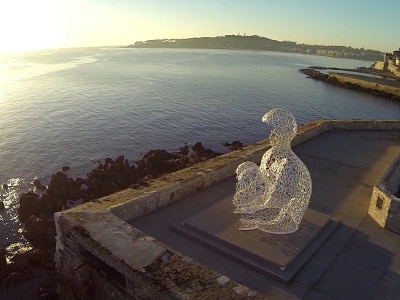

An app developed by SAP Canada’s Montreal lab, in collaboration with the French city of Antibes, was launched on November 7 as part of the city’s centennial commemoration of the First World War.
The project, called Beacons@Antibes, presents itself to the public as a smartphone application, Android or iOS, that acts as a guide while walking through the city. The result marries the Internet of Things with the “smart city” paradigm that’s coming to preoccupy municipal governments around the world.
Using Bluetooth Low Energy technology and beacons with unique identities representing 19 monuments in Antibes, the app sends push notifications to users who wander within 30 metres of each attraction.
Although the app is an excellent way of engaging the public in an interactive history lesson, the project also serves as a pilot for SAP’s larger purpose, which is the development of a cloud-based platform that can be used in almost any context involving beacon technology and mobile engagement.
The collaboration came about in the context that the city of Antibes had already been looking at “smart city” solutions and collaborating with SAP on previous projects. For SAP, it was a chance to test the limits of beacon technology in outdoor conditions, working in concert with an app whose sole purpose is location-based user engagement.
“I love this kind of stuff. Any time you’re taking regular devices and turning them into smart things, that’s just fantastic.” – SAP COO Cindy Fagen
Cantech Letter dropped by SAP’s Montreal headquarters, located in Old Montreal’s Cité du Multimédia area, to chat with chief operating officer Cindy Fagen and SAP’s director of Mobile Development Nolwen Mahé, to discuss the technology behind the project.
For Mahé, it’s clear that what’s important about this project is developing “the intelligence behind the app”.
A year ago, SAP unveiled an app called Merci, in collaboration with the Société de transport de Montréal (STM), which aimed to engage users of Montreal’s public transit system while also promoting local merchants.
Similar to the Antibes app, Merci was only partly about app-making, and entirely about harnessing Big Data in the service of contextual mobile engagement and data mining.
“We’re actually a platform team,” said Mahé. “We’re talking about apps here, but for us apps are the tip of the iceberg, as it was with the case of STM, actually. Our mandate was not to build an app. Our mandate was to build a marketing platform, which was the intelligence behind the app. And in this case again, the mandate is actually to build the service that will be useful to anyone who wants to build an app with beacons. So that’s what we’re starting to do now, in parallel with continuing to gather information through this pilot.”
Again for SAP, the Merci app functioned as the “tip of the iceberg”, or a prelude to developing a robust, cloud-based marketing platform capable of being applied to any context.
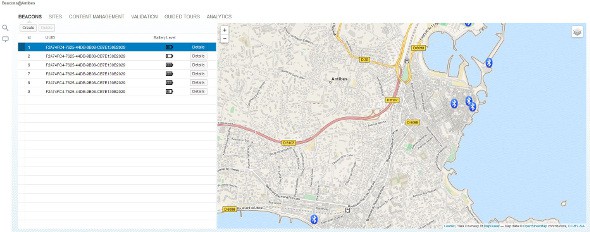
The Beacons@Antibes pilot program similarly serves as an opportunity for SAP to build a user engagement platform, while enabling the building of apps that work with beacons, perfecting the UI technology while also creating an analytics portal available for clients who want to observe in granular detail how mobile phone users interact with an environment.
“This was all put together particularly for the commemorative ceremony for World War I,” said COO Cindy Fagen. Her and Mahé’s team, based in Montreal, were charged with developing a solution for what the municipality of Antibes regarded as a unique challenge.
“In this case, one of their goals was they wanted to have a younger audience be more engaged with history and understanding history. That’s a nice use of technology. Retail, you think of things like pushing deals and special offers. That kind of thing is very obvious. But this is in tourism, which is really nice.”
“For us apps are the tip of the iceberg. Our mandate was not to build an app. Our mandate was to build a marketing platform, which was the intelligence behind the app.” – Research lab director Nolwen Mahé
Running on their beacon platform, and powered by SAP’s HANA in-memory database, the app recognizes monuments by individual beacon identities and then provides visitors with information on the historical context and the importance of each monument. Visitors can “like” sites and get directions to neighboring points of interest.
![]() “As we started to think about the ways that we could use this, you know, you can go a little crazy,” says Fagen. “We’re thinking about some of the bigger festivals that are happening in Montreal. We’re always, as a lab, looking to showcase our solutions, so people come to know the new SAP and the things we’re doing.”
“As we started to think about the ways that we could use this, you know, you can go a little crazy,” says Fagen. “We’re thinking about some of the bigger festivals that are happening in Montreal. We’re always, as a lab, looking to showcase our solutions, so people come to know the new SAP and the things we’re doing.”
With Montreal’s 375th birthday coming up, and the city’s Quartier de spectacles neighbourhood looking to incorporate technology in the anniversary celebrations, the possibilities for future collaborations loom large for SAP.
Add to this that our newish mayor, Denis Coderre, has spoken frequently about promoting Montreal as a “smart city”, and the road to the future, once so glowingly promised at Expo ’67 and then disappointingly realized in the city’s crumbling infrastructure, seems open once again.
Looking at what the future holds for location-based mobile engagement, COO Cindy Fagen’s enthusiasm is contagious. “I love this kind of stuff. Any time you’re taking regular devices and turning them into smart things, that’s just fantastic.”
Leave a Reply
You must be logged in to post a comment.






 Share
Share Tweet
Tweet Share
Share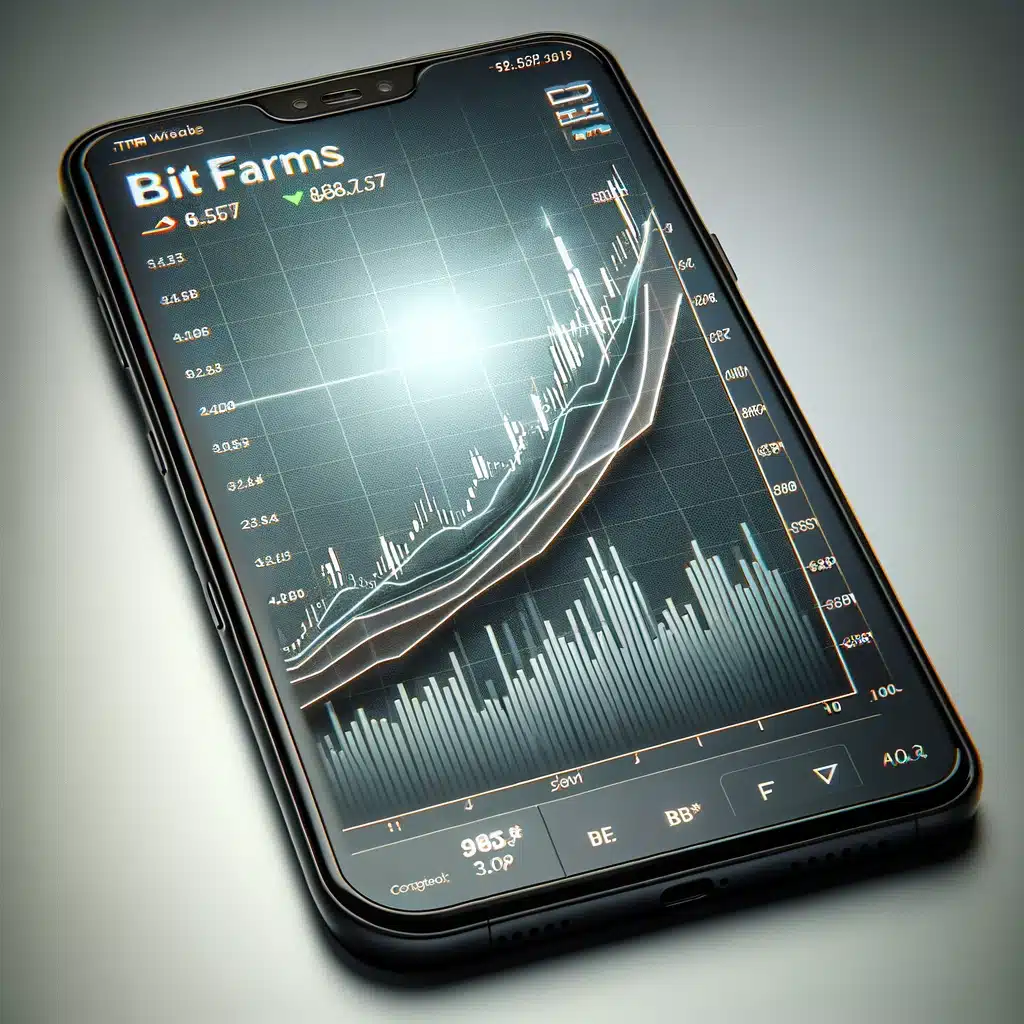

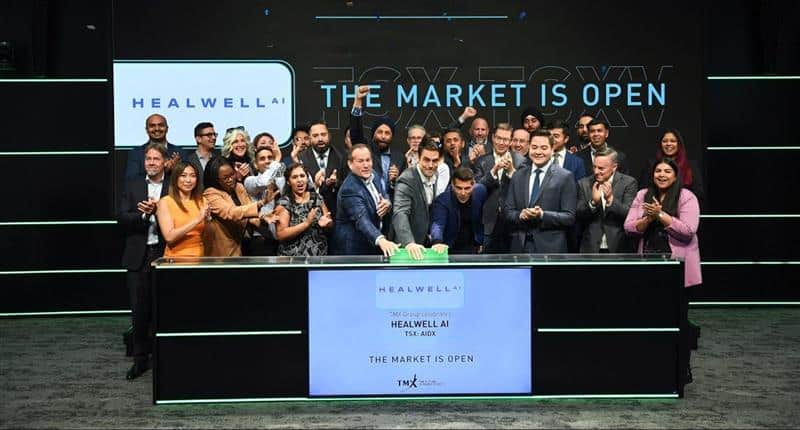
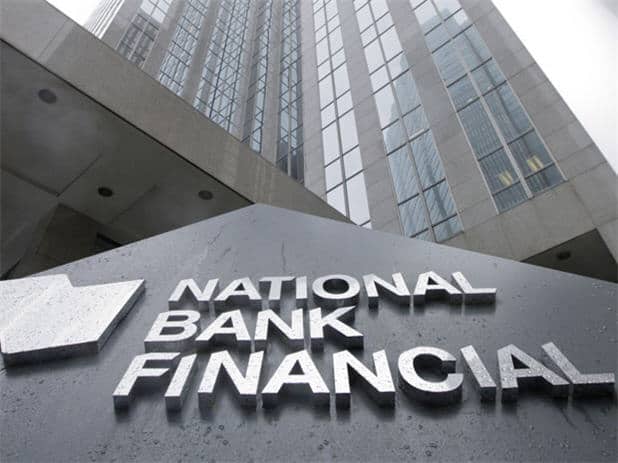

Comment